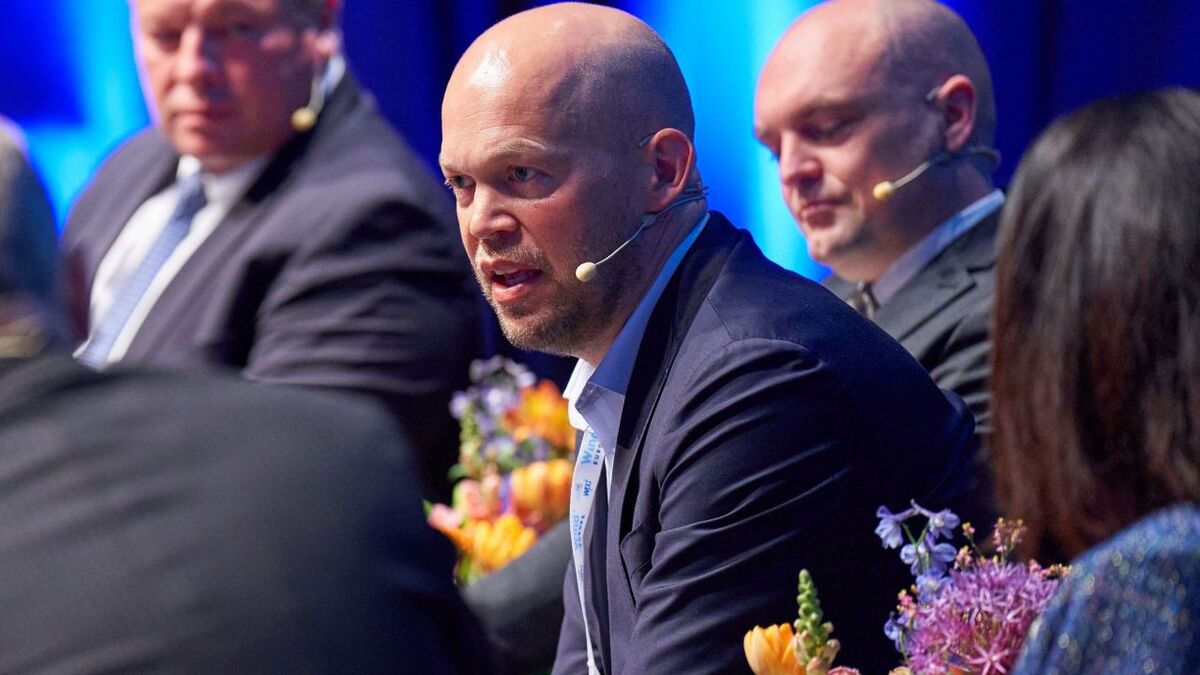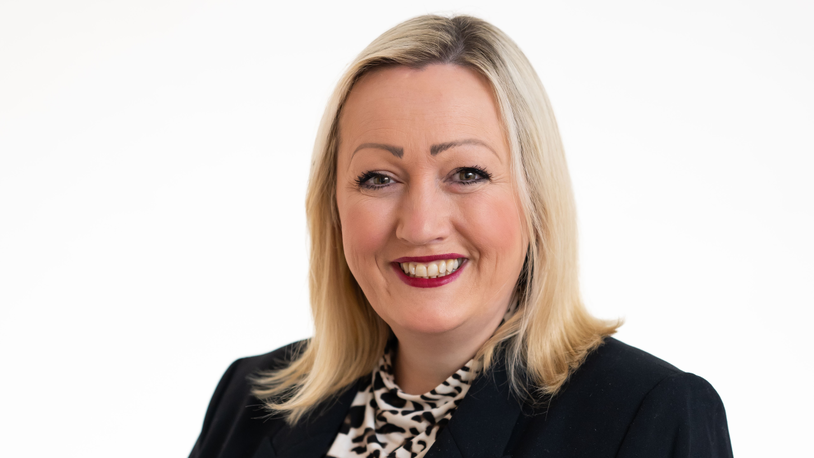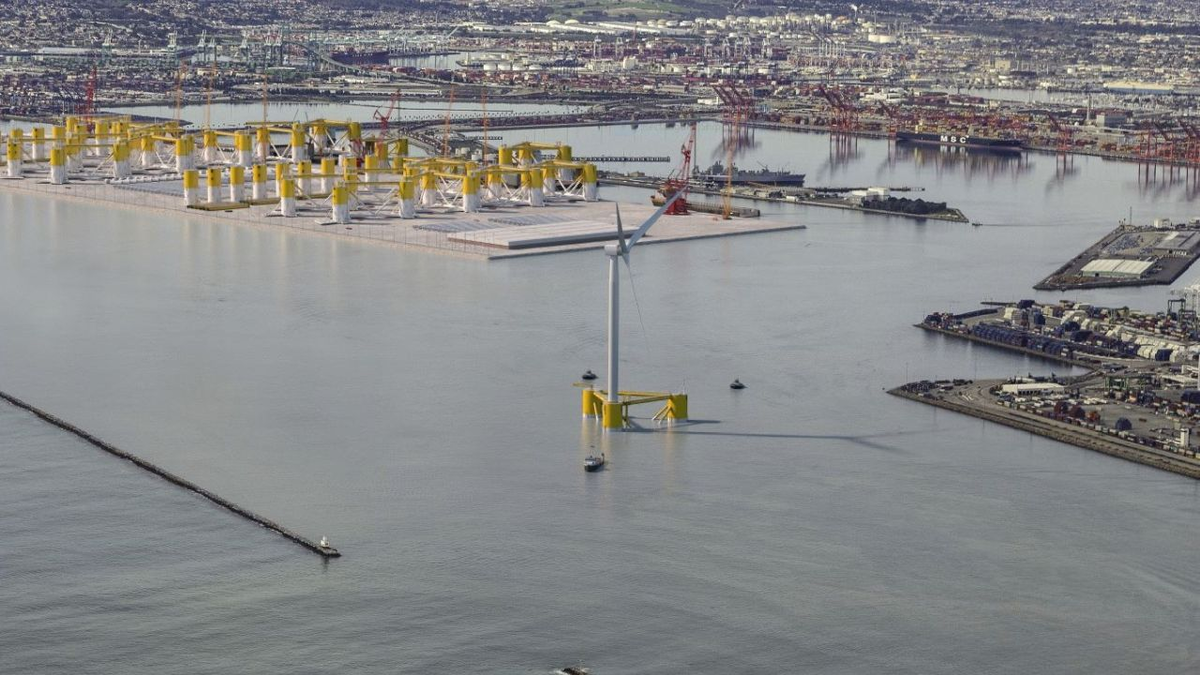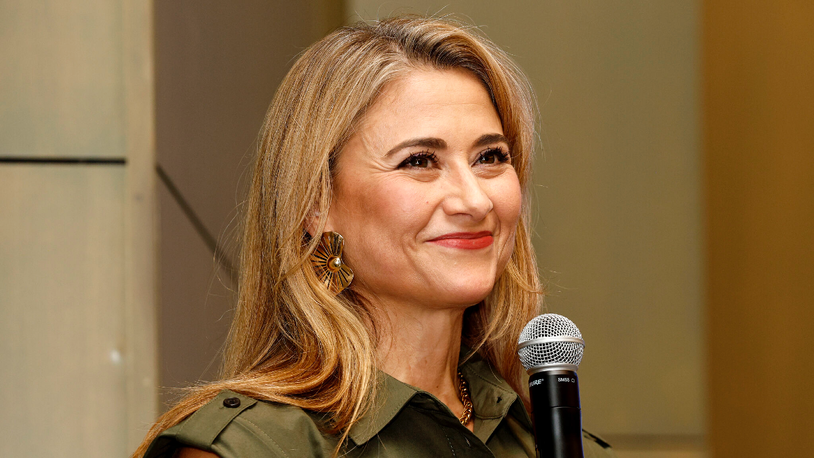Business Sectors
Contents
Our Webinar Library
An opportunity to hear international experts and industry stakeholders discuss the latest issues from your desk
Cable-lay for offshore wind: a massive new market
Every analysis of the cable-lay requirements for the offshore wind market highlights the vast size of the market. This is creating demand for cable manufacturers, cable-lay vessel owners, and for companies that develop and supply cable-lay trenchers and burial equipment. This demand growth has led to the introduction into service of newbuild cable-lay vessels, with more on order. Prysmian has a new vessel coming. Subsea cable demand is forecast to grow at a 17% compound annual growth rate, totalling 46,470 km over the period 2018-2022. This represents 71% growth compared to the 2013-2017 period.
6 November 2020
Moderator:
Edwin Lampert, Executive Editor & Head of Business Relations, Riviera Maritime Media
Panellists:
Jonathan Wheatley, UK Representative, DEME Offshore
Martyn Drye, Engineering Director, Global Marine Group
Gavin Rippe, Business Director, Maats Tech
Download the presentation documents here
Webinar review:
Webinar registrations - 187
Duration - 56:59
Number of live questions - 31
Top 3 questions:
1. How do you compare purpose-built cable-lay vessels to vessels equipped with modular equipment - competitiveness and technical capability?
2. What are the differences for a typical purpose-built OW cable-lay vessel from a cable-lay vessel originally intended for the oil and gas industry?
3. Floating offshore wind will have very different requirements for cabling. What are the main challenges vessels and equipment such as that from MAATS face when installing/maintaining?
DOWNLOAD FULL QUESTIONS AND ANSWERS HERE
Upcoming Webinars
Vessel Optimisation Webinar Week
Marine Coatings Webinar Week
Maritime Environmental Protection Webinar Week
Related to this Story
Events
LNG Shipping & Terminals Conference 2025
Vessel Optimisation Webinar Week
Marine Coatings Webinar Week
© 2024 Riviera Maritime Media Ltd.








